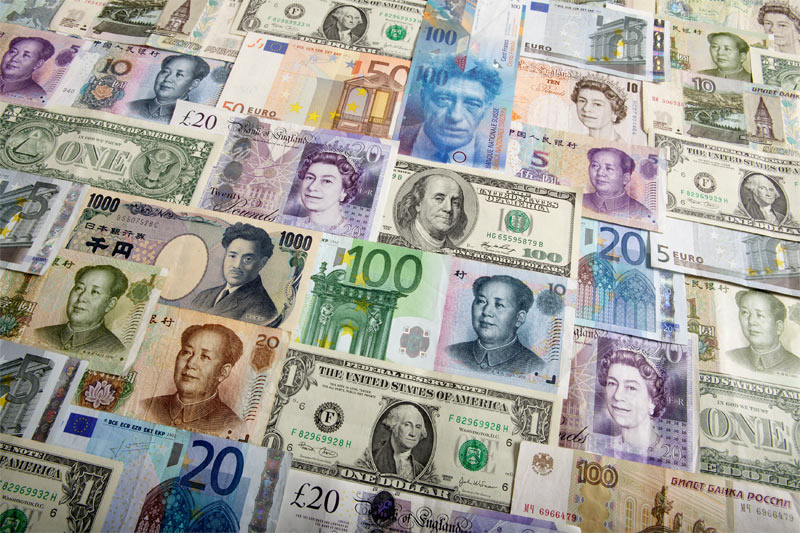By Wayne Cole
SYDNEY, June 14 (Reuters) - The Australian and New Zealand dollars were heading for steep weekly losses on Friday as investors wagered that aggressive rate cuts would be needed given soft economic data at home and the fallout from Sino-U.S. tariffs globally.
The Aussie AUD=D3 eased to $0.6892 and was down 1.5% for the week so far, the biggest fall since mid-May. Next major support is a five-month low at $0.6865.
The kiwi dollar NZD=D3 followed at $0.6534, to be off a hefty 2% for the week. It has chart support at $0.6482 and $0.6424.
Both have buckled as markets priced in ever larger, and earlier, rate cuts amid a global shift toward renewed central bank stimulus.
Futures imply a 66% probability RBAWATCH the Reserve Bank of Australia (RBA) will follow up its recent quarter-point easing with another in July and, if not, a reduction to 1% is considered a done deal by August 0#YIB: .
A mixed labour report this week also fuelled speculation it would have to cut even deeper, with the market pricing a move to 0.75% by the turn of the year.
NAB on Friday became just the latest bank to join the pack and tip a move under 1%.
"The forecast of a larger reduction reflects our judgment that the economy is losing momentum and is weaker than reflected in the Reserve Bank's recently downgraded near-term growth outlook," said NAB group chief economist Alan Oster.
"The loss of momentum is apparent in private demand, which has barely grown over the past year, and more timely indicators."
The shift in expectations has driven bond yields to fresh historic lows with the yield on three-year paper AU3YT=RR breaking under the 1% barrier for the first time ever. It was last at 0.984% having fallen 9 basis points this week.
Likewise, the three-year bond contract YTTc1 hit a record high on Friday and was last up 1 tick at 99.005. The 10-year contract YTCc1 gained 2.75 ticks to 98.6125, implying a yield of 1.39%.
Across the Tasman, investors assume the Reserve Bank of New Zealand (RBNZ) will not be able to resist the global easing trend, if only to prevent an unwelcome rise in the kiwi dollar.
"The NZ economy has slowed much faster than expected and is now growing below its potential – a key concern for the RBNZ in its seemingly perpetual struggle to lift inflation back up to its 2% target midpoint," said Jarrod Kerr, chief economist at Kiwibank.
"We expect the RBNZ to deliver another cut in August to 1.25%, and still believe there's a 40% chance the RBNZ is forced to keep going to 0.75%."
Bonds are again running ahead of the central bank, with yields on two-year paper NZ2YT=RR dropping to an all-time trough of 1.21%.
(Editing by Shri Navaratnam)
